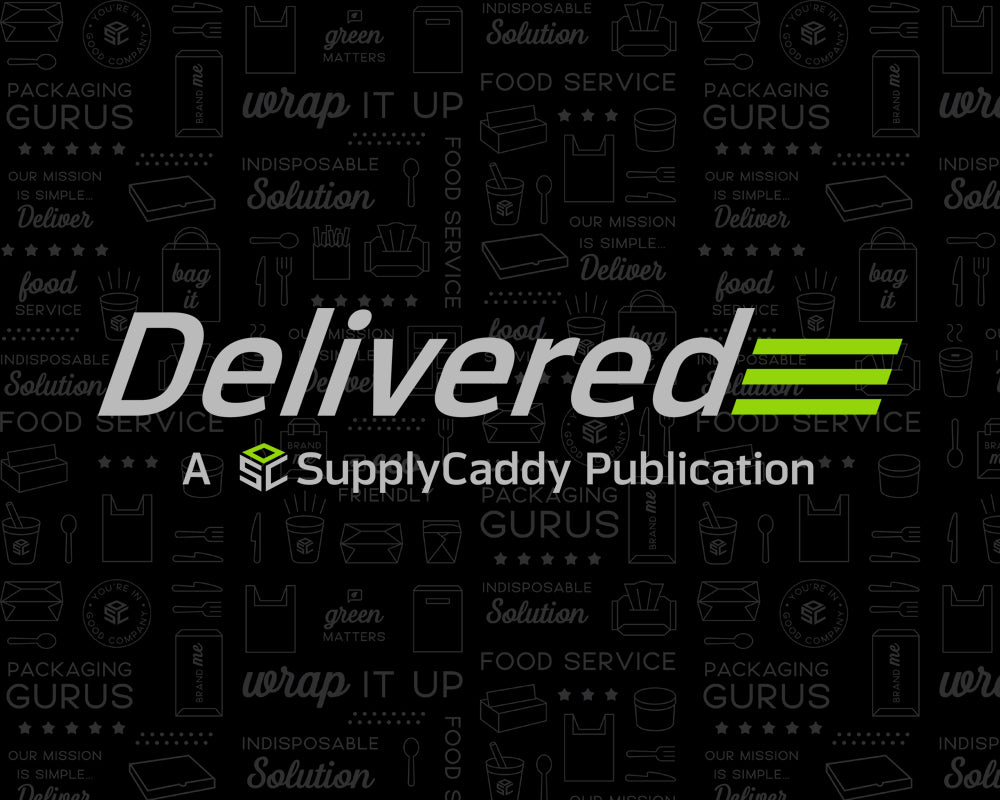Greaseproof paper has long been a staple in the food packaging industry, offering essential barrier properties that protect against grease and oil. As the demand for high-performance packaging solutions continues to grow, innovations in greaseproof paper technology have evolved to meet the needs of both food manufacturers and consumers. These advancements focus on enhancing the effectiveness, safety, and versatility of greaseproof paper, making it an indispensable component of modern food packaging.
In this blog, we’ll explore what greaseproof paper is, its uses in food packaging, and the latest technological innovations that are shaping its future.
What is Greaseproof Paper?
Greaseproof paper is a type of paper that has been treated or coated to prevent grease and oil from passing through. This makes it ideal for packaging foods that are high in fat or oil content, as it keeps the packaging clean and prevents contamination. The grease-resistant properties of this paper are achieved through a refining process that tightens the paper fibers, making it dense enough to resist grease penetration.
Historically, greaseproof paper was produced using mechanical refining processes. However, modern innovations have introduced various coatings and treatments that further enhance its grease-resistant properties, making it suitable for a wide range of applications.
What is Greaseproof Paper Used in Food Packaging?
In the food industry, greaseproof paper is primarily used for packaging greasy or oily foods. Its ability to prevent oil from seeping through makes it an ideal choice for wrapping items like sandwiches, burgers, pastries, and baked goods. Additionally, it is commonly used as a lining material for food trays, pizza boxes, and fast-food containers, where it helps maintain the integrity and appearance of the food by preventing grease stains.
The versatility of greaseproof paper extends beyond just wrapping and lining. It is also used in baking as a non-stick surface, making it easier to remove baked goods from pans and trays. Its grease-resistant properties ensure that the food maintains its quality, while also making cleanup easier for both consumers and foodservice providers.
Is Greaseproof Paper Sustainable?
While greaseproof paper plays a vital role in food packaging, it is important to note that not all greaseproof paper is sustainable. The traditional methods of making greaseproof paper often involve coatings that may not be environmentally friendly. However, the industry is actively working on developing alternatives that reduce the environmental impact without compromising on performance.
For example, SupplyCaddy offers greaseproof paper that is completely PFAS-free, providing an eco-friendly alternative that addresses growing concerns about the environmental and health impacts of per- and polyfluoroalkyl substances (PFAS). PFAS are a group of synthetic chemicals commonly used in food packaging for their water and grease-resistant properties, but they are also known for their persistence in the environment and potential health risks, including cancer and thyroid disruption. By eliminating PFAS from their greaseproof paper, SupplyCaddy is not only reducing the potential for these harmful chemicals to leach into food but also contributing to a cleaner, safer environment.
Although sustainability remains a challenge in the packaging industry, innovations like PFAS-free greaseproof paper are a significant step forward. The current focus of these advancements is on improving the effectiveness and safety of greaseproof paper, ensuring that it not only performs well in protecting food but also aligns with the growing demand for environmentally responsible products. SupplyCaddy’s commitment to offering such solutions demonstrates their dedication to meeting both the functional and ethical needs of modern food service businesses.
What are the Advanced Greaseproof Paper Technologies?
The evolution of greaseproof paper has led to a variety of technological advancements aimed at enhancing its performance. These innovations are designed to improve grease resistance, durability, and overall functionality, making greaseproof paper a more versatile and reliable packaging material.
- Silicone Coating Innovations in Parchment Paper
This type of paper is coated with a thin layer of silicone, which gives it non-stick properties and makes it resistant to high temperatures. As a result, it is widely used in baking and food preparation.
Recent advancements in silicone coatings have focused on reducing the amount of silicone used, which not only lowers costs but also improves the paper’s overall performance. These innovations allow the paper to maintain its non-stick and grease-resistant properties while being more efficient in its use of materials.
- Fluorochemical-Free Solutions
Fluorochemicals have been widely used in to provide water and grease resistance. However, these chemicals have been linked to environmental and health concerns, leading to a push for fluorochemical-free alternatives.
New technologies have emerged that offer similar levels of grease resistance without the use of harmful fluorochemicals. These innovations often utilize alternative materials and coatings that provide the same functional benefits while eliminating the risks associated with traditional fluorochemicals.
- Enhanced Surface Treatments
Surface treatments are another area where significant innovations have been made in greaseproof paper. These treatments involve applying a thin layer of coating or modifying the paper’s surface to enhance its grease resistance.
One notable advancement is the use of nanotechnology in surface treatments. By applying ultra-thin, water-based coatings at the nanoscale, manufacturers can create papers that offer superior grease resistance while maintaining the natural texture and appearance of the paper. These treatments also help in enhancing the durability of the paper, making it suitable for a broader range of applications.
- Sustainable Materials in Greaseproof Paper
The shift towards sustainability has driven the development of greaseproof papers made from recycled and bio-based materials. These alternatives offer the same level of functionality as traditional papers but with a reduced environmental footprint.
- Recycled Paper Stock
The use of recycled paper stock in production is one way to reduce the environmental impact while maintaining the quality of the product. Recycled paper is processed and treated to create a dense structure that resists grease, making it suitable for various packaging applications.
Using recycled materials not only conserves resources but also aligns with consumer preferences for environmentally conscious products. This approach has become particularly popular in regions where there is a strong demand for sustainable packaging options.
- Bio-Based Coatings
Bio-based coatings are derived from renewable resources, such as plant oils or natural waxes, and are used to enhance the grease resistance of paper. These coatings are an alternative to synthetic coatings and offer the same level of performance without relying on petrochemical-based materials.
Recent innovations in bio-based coatings have focused on improving their barrier properties, making them more effective at resisting grease and oil. These coatings are increasingly being used in greaseproof paper to meet the needs of both the food industry and environmentally conscious consumers.
What are the Market Dynamics and Growth Drivers for Greaseproof Paper?
The market is experiencing significant growth, driven by various factors that are reshaping the industry. According to market analysis, the global greaseproof market is expected to reach a value of US$ 2.1 billion by 2033, with a Compound Annual Growth Rate (CAGR) of 5.5%.
Several key drivers are contributing to this growth:
- Rising Demand in the Food Packaging Industry: The growing demand for convenient and hygienic food packaging solutions is driving the use of it. Its ability to maintain food quality while preventing grease leakage makes it a preferred choice for many foodservice providers.
- Health and Environmental Concerns: As consumers become more health-conscious and aware of the environmental impact of packaging materials, there is a greater demand for it that is free from harmful chemicals like PFAS. This trend is driving the adoption of innovative, safer alternatives.
- Stringent Regulatory Impacts: Governments and regulatory bodies are increasingly imposing stricter regulations on the use of certain chemicals in packaging materials. This has led to a shift towards the development and use of fluorochemical-free greaseproof paper.
- Regional Market Growth: Regions like East Asia are seeing significant growth in the use of greaseproof paper, driven by increasing Gross Domestic Product (GDP) and consumer awareness. The expansion of the foodservice industry in these regions is also contributing to market growth.
Ready to Upgrade Your Packaging with Greaseproof Paper? Contact SupplyCaddy Today!
As the demand for high-quality greaseproof paper continues to rise, now is the perfect time to upgrade your packaging solutions. SupplyCaddy offers a range of innovative, PFAS-free greaseproof papers that are designed to meet the needs of modern food packaging. Whether you’re looking to reduce your environmental footprint or meet regulatory requirements, our range of innovative greaseproof papers has you covered. Contact us today at hello@supplycaddy.com to explore how our greaseproof paper solutions can elevate your brand and packaging experience.


